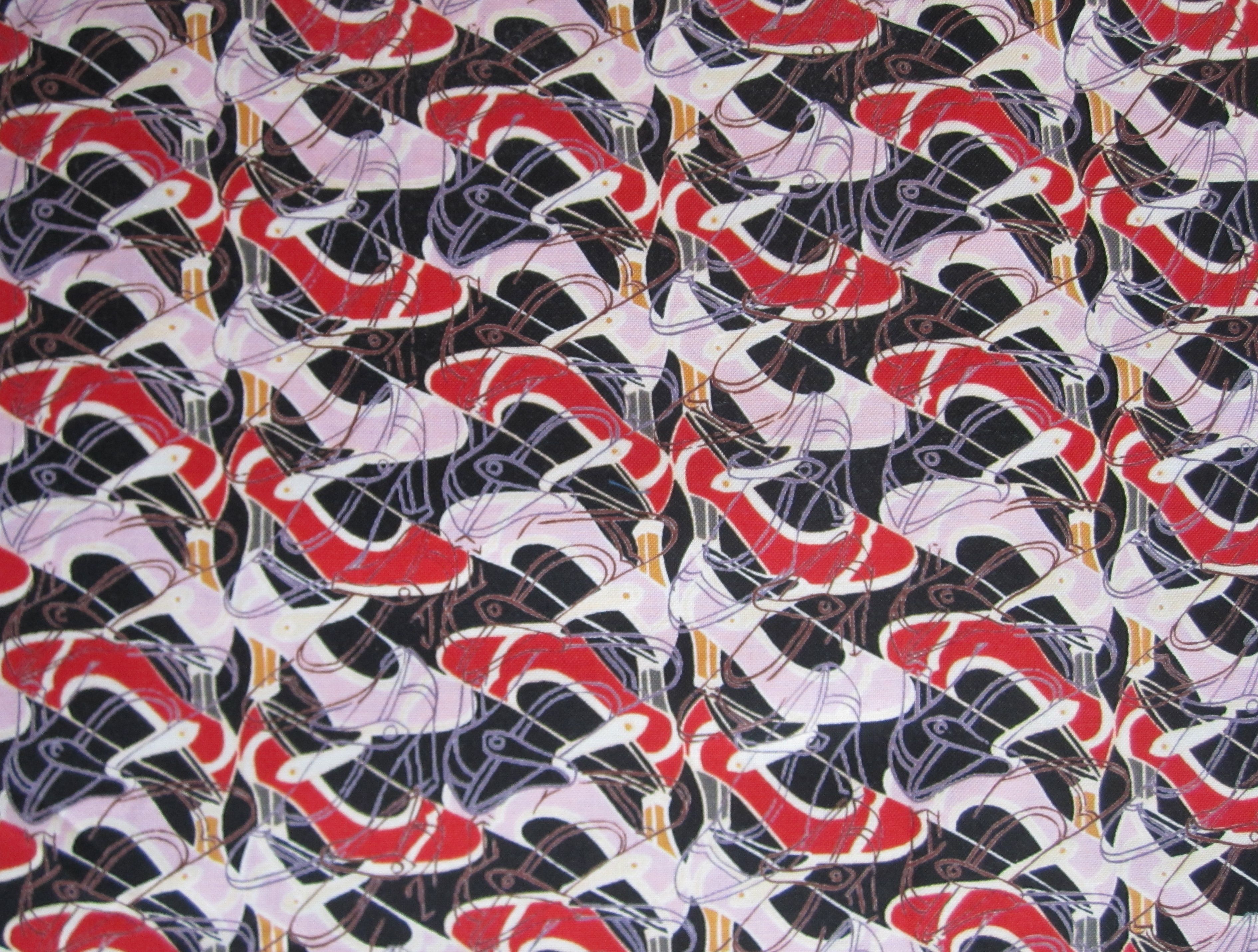Start Date
27-2-2013 4:00 PM
Description
As a former employee of Cranston Printworks and a current professor at the University of Rhode Island, Richard Malachowski provided a detailed history and overview of textile printing. Printing dates back 2000 years to the Chinese culture. Printings during early times were created manually, by stencils, or by blocks. The dyes used in this time period were derived from natural resources, such as roots or bark. “Industrial Printing” did not develop until 1690, when Richmond on Thames, the first printing company, opened in England. The revolution of machine printing began when engraved copper rollers were created in 1783. This technology lasted for about one hundred and eighty years. The dyes, however, did evolve over time. There were synthetic dyes created during this industrial revolution. Richard Malachowski included a photo of copper rollers in use at Cranston Printworks. It wasn’t until 1963 that copper rollers became outdated technology. Taking over in copper rollers place was rotary screen-printing, which is now the dominant method that is used.
Textile Printing
As a former employee of Cranston Printworks and a current professor at the University of Rhode Island, Richard Malachowski provided a detailed history and overview of textile printing. Printing dates back 2000 years to the Chinese culture. Printings during early times were created manually, by stencils, or by blocks. The dyes used in this time period were derived from natural resources, such as roots or bark. “Industrial Printing” did not develop until 1690, when Richmond on Thames, the first printing company, opened in England. The revolution of machine printing began when engraved copper rollers were created in 1783. This technology lasted for about one hundred and eighty years. The dyes, however, did evolve over time. There were synthetic dyes created during this industrial revolution. Richard Malachowski included a photo of copper rollers in use at Cranston Printworks. It wasn’t until 1963 that copper rollers became outdated technology. Taking over in copper rollers place was rotary screen-printing, which is now the dominant method that is used.


Comments
Summary by Amy Ferullo